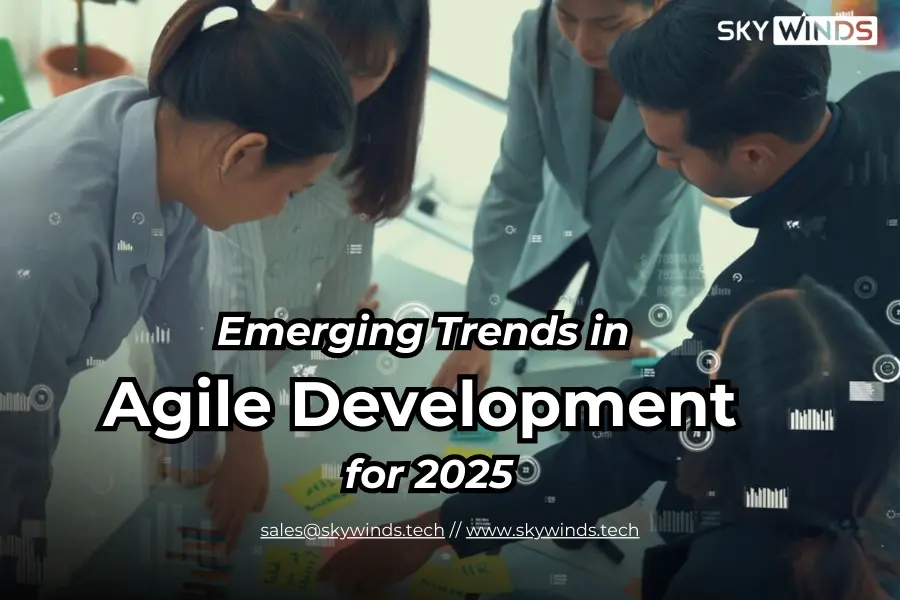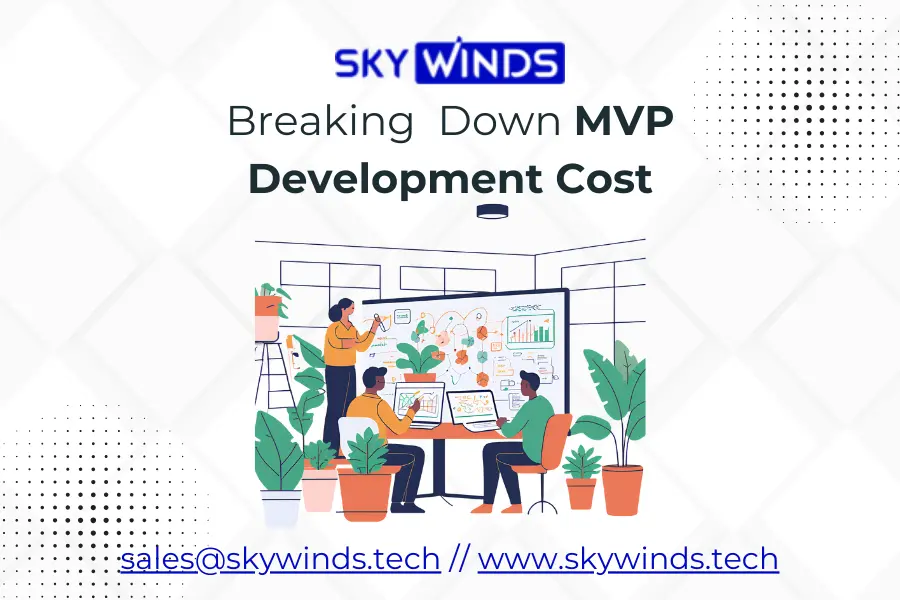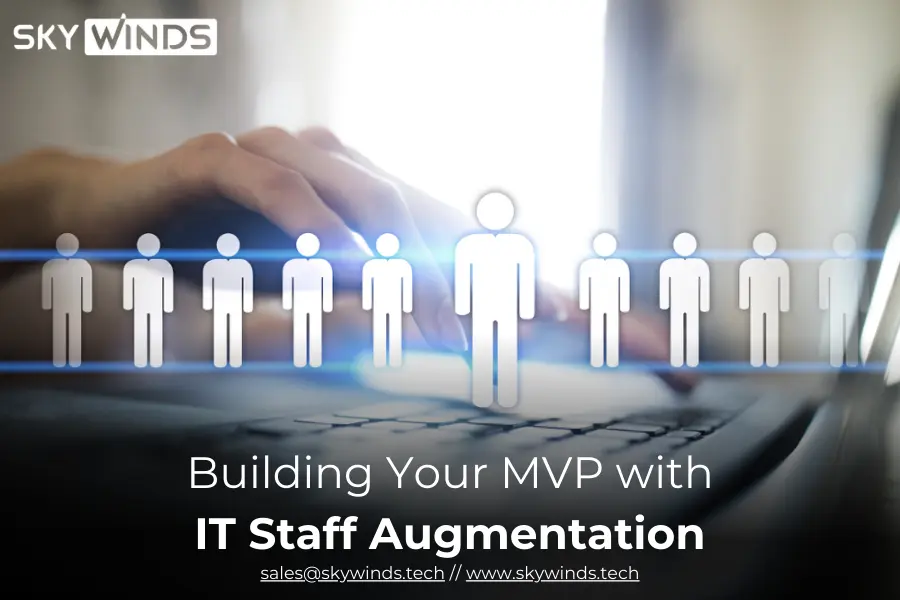Since the beginning of 2001, Agile Methodologies have grown a lot, As we stroll through 2025, Software Development and Project Management evolved as fast as a bullet, new technology advances, and enhancements made a shift in workplace dynamics, and the demand for customer-based solutions. Organizations and Enterprises who aim to succeed in this domain, understand the new trends of Agile Development is not just a want but it’s essential.
This blog will explore the future and key trends of Agile Development in 2025 that offer actionable insights and help teams adjust, innovate, and provide efficient solutions. From AI in Agile Development to Hybrid Agile Methodologies, this blog will dive into the all-new strategies for the success of this year.
Table of Contents
- AI and Machine Learning Revolutionize Agile Development Practices
- Hybrid Agile Methodologies Gain Momentum
- Remote and Distributed Agile Teams Thrive
- Business Agility Extends Beyond IT
- Emphasis on Technical Excellence and Sustainable Practices
- Customer-Centric Development Drives Innovation
- Agile Certifications and Continuous Learning
- Conclusion: Embrace Agile’s Evolution to Stay Competitive
- FAQ:
AI and Machine Learning Revolutionize Agile Development Practices
AI(Artificial Intelligence) is not a future concept anymore, it’s a transformation in Agile workflows. In 2025, AI-powered tools are improving Agile Project Management by automating some repetitive tasks, predicting issues, and optimizing resource allocation. Like, AI Algorithms analyze historic sprint information to predict delivery timelines with accuracy, enabling teams and organizations to set realistic plans and prioritize backlogs effectively.
Tech Tools like Jira and Azure DevOps now incorporate AI to auto-assign tasks established on developers’ mastery and past implementation, simplifying workflows and easing manual overhead. Meanwhile, AI-obsessive testing frameworks are automating code inspections and safety checks, providing higher-quality releases without surrendering speed.
Nevertheless, professionals caution against over-dependence on AI. While it increases efficiency, supporting human cooperation and feedback circles stays critical to maintaining Agile’s core values of adaptability and innovation.
Hybrid Agile Methodologies Gain Momentum
The only one size for all approaches is not in Agile anymore. In 2025, Hybrid Agile Methodology is getting high as organizations blend frameworks like Scrum and Kanban with their practices to meet the unique needs of project and product development. For example, Industries such as healthcare or financial services are adopting agile methodologies like waterfall to balance iterative development with regulatory submission.
Scaled Agile Framework (SAFe) 6.0 is also acquiring traction, delivering structured guidance for rising Agile across large businesses while retaining flexibility. This trend echoes a more general change toward tailoring Agile methods to align with business objectives, whether through hybrid models or customized workflows.
Remote and Distributed Agile Teams Thrive
The shifting nature of remote work is not temporary, and agile is adapting. Many tools such as Miro and Microsoft Loop enable real-time cooperation for remote Agile teams, with asynchronous communication reducing reliance on time zones. Enterprises are also Tools like Miro and Microsoft Loop facilitate real-time collaboration for remote Agile teams, while asynchronous communication reduces dependency on time zones. Companies are also redefining “ceremonies”—daily stand-ups and retrospectives now power video conferencing and digital panels to support employment.
Nevertheless, remote victory hinges on faith and clarity. Groups prioritizing clear documentation and outcome-obsessive metrics (e.g., cycle time, customer happiness) are exceeding those attached to strict procedures.
Business Agility Extends Beyond IT
Agile Methodology is not just limited to software teams. Nowadays departments such as HR, Marketing, and Finance are changing their principles to Agile to rev decision-making and enhance cross-operational alignment. Like, UNILEVER reduces time-to-market by 30% by using Agile Practices for Product growth and marketing.
Frameworks like Value Stream Management (VSM) are enabling communities to visualize end-to-end workflows, cracking down silos between industry, finance, and technical sections. This trend highlights Agile’s role as a trigger for enterprise-wide change.
Emphasis on Technical Excellence and Sustainable Practices
Behind years of prioritizing pace, groups are rediscovering the significance of technological craftsmanship. Extreme Programming (XP) techniques continued integration, test-guided development, and refactoring—are creating a response to attack technological debt collected during fast digitalization. Sustainability is even in principle. Agile Development is optimizing code for power efficiency and leveraging cloud-born development to lower environmental effects.
Customer-Centric Development Drives Innovation
Agile’s iterative process has consistently prioritized consumer feedback, but 2025 brings this also. Teams are embedding innovation into sprints to sympathize with users early in the growth cycle. By aligning features with customer-centric KPIs, businesses like Spotify and Netflix have effects that reverberate deeply with audiences.
Real-time feedback hitches powered by AI analytics are even allowing more rapid pivots. For example, social media emotion analysis tools report backlog prioritization, providing products that grow with market needs.
Agile Certifications and Continuous Learning
As Agile Development evolves, so does the need for skilled experts. Certificates like SAFe Agilist and PMI-ACP are evolving requirements for positions in Agile project management, with employers loving hands-on expertise in hybrid frameworks and AI tools. Institutions are also supporting various upskilling programs to bridge talent gaps. Cross-functional training helps developers, testers, and development owners remain forward of trends like low-code mediaand DevOps industrialization.
Conclusion: Embrace Agile’s Evolution to Stay Competitive
The Agile development trends of 2025 image a methodology in continuous change adjusting to technology, workplace dynamics, and international challenges. From AI-driven industrialization to tolerable procedures, institutions that adopt these shift choices open more immediate delivery, more powerful collaboration, and outstanding client fulfillment.
As you guide this terrain, Agile is not a goal but a journey of constant improvement. Stay interested, invest in education, and tailor these directions to your team’s unique requirements. The tomorrow belongs to those who adapt.
Ready to Change Your Agile Strategy?
Examine how these movements can revolutionize your workflows. For wisdom on implementing AI tools, hybrid models, or climbing Agile, Contact Us for Agile Development services. By incorporating these trends, your community can harness the full potential of Agile Development in 2025—providing innovation, strength, and value in an ever-changing globe.




